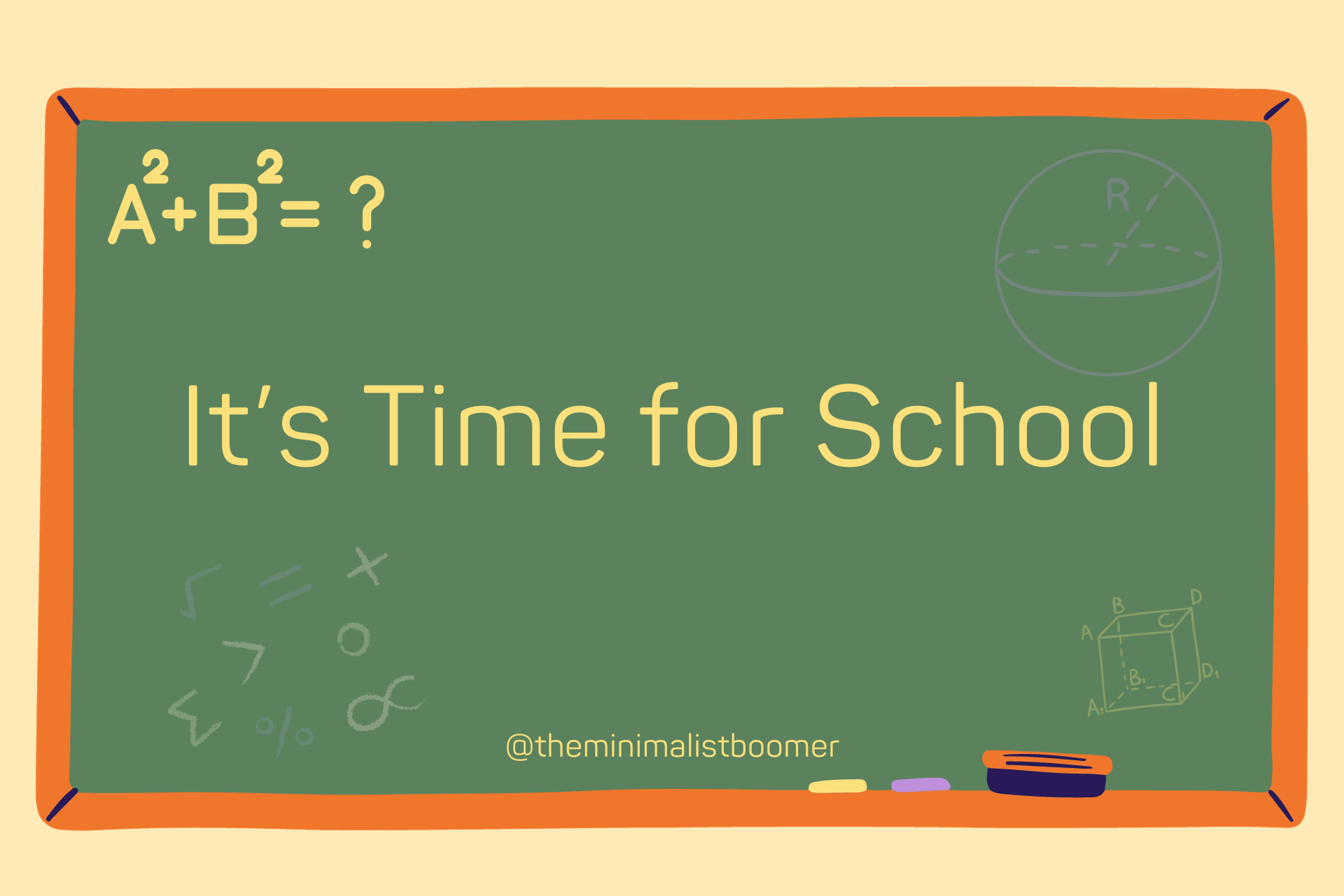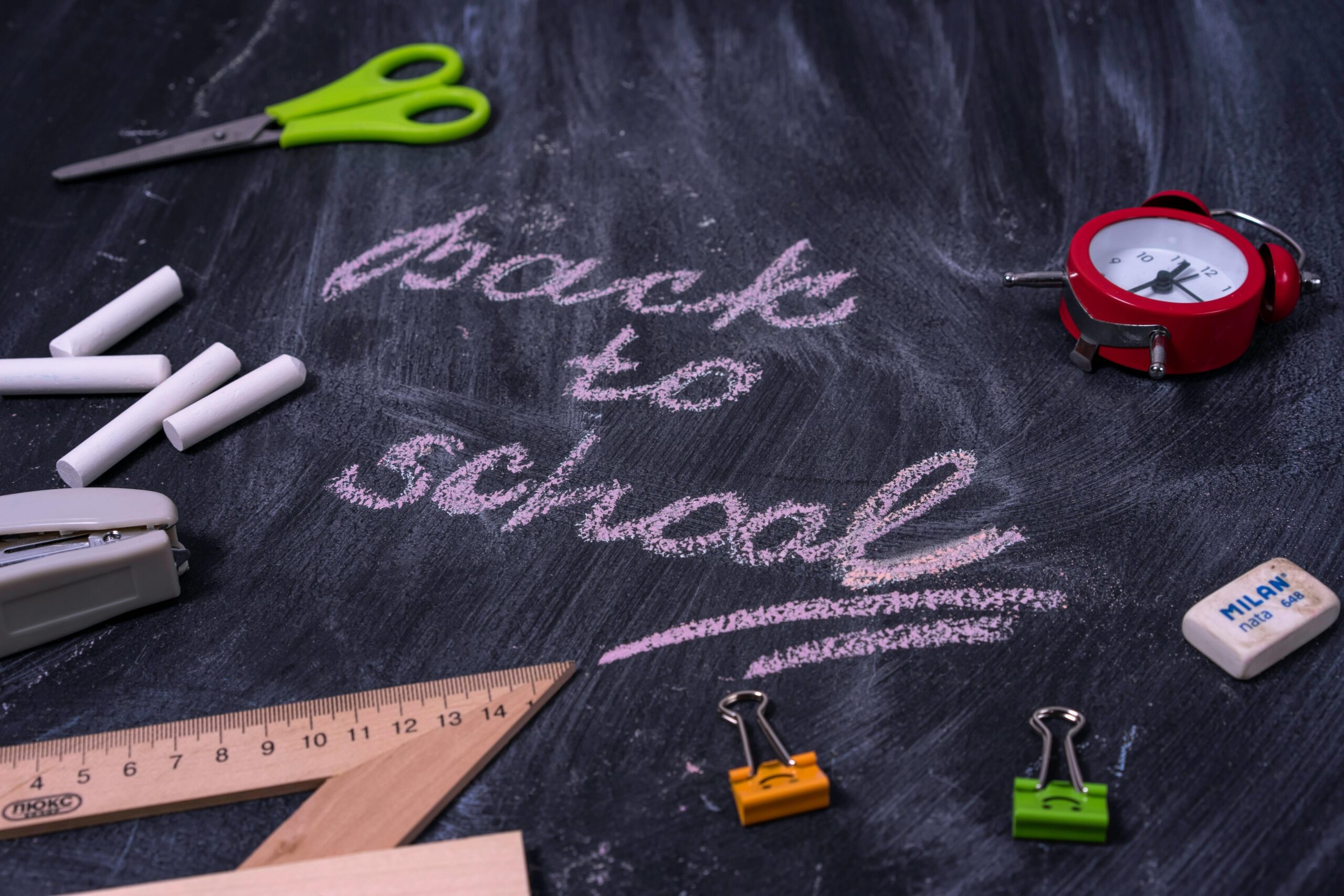Can America’s Education System be Saved? My husband, Dave, and I have spent a combined 75+ years of our lives dedicated to K-12 education, both public and private, in Central California. I’d like to think we made a positive contribution throughout our careers, but in the scheme of things, I’m not so sure.
This question has been pondered for decades. These same issues have been rattling around district board rooms for as long as I can remember. One has to wonder if things will ever really change. What will it take for systemic change?
Has Fresno Unified School District solved the problems with the new bargaining agreement recently signed, while narrowly dodging a massive teacher strike? Or, have they just postponed them for future generations to deal with? I don’t know, but I suspect a lot of what they’ve bargained for is unsustainable. But, perhaps this is just the way of the future … just keep throwing money at it.
“This deal is really about you (students): it’s our joint commitment to avoid a strike because there’s really nothing more important than making sure our students have the opportunity to be in school every day, all the time.” – Bob Nelson, Fresno USD Superintendent
https://edsource.org/2023/strike-averted-for-students-fresno-unified-teachers-reach-historic-contract/699862
You can read the highlights about this bargaining agreement here and decide for yourself, but I am deeply concerned for the future of an education system that sure appears to be systemically broken.
The Current State of America’s Education System
Education is the cornerstone of progress and prosperity in any nation. Yet, the current state of America’s education system has raised concerns and ignited debates nationwide. With plummeting test scores, underfunded schools, and a growing achievement gap, many are left wondering if there is hope for improvement.
Let’s just take a peek at the current state of America’s education system. By examining the global rankings and identifying some of the key problems, perhaps we can gain a better understanding of the challenges that lie ahead for educators, parents, and, those who matter the most, our students. I’m hoping we can uncover ways in which we may be able to help.

Eric A. Hanushek, an economist from the Hoover Institution of Stanford University, estimated that the U.S. economy would grow 4.5% in 20 years if our students’ math and science skills were as strong as those of the rest of the world.
Eric A. Hanushek at Stanford University. “The Economic Value of Education and Cognitive Skills.”
A Look at the Global Ranking
When it comes to assessing the quality of education systems worldwide, it is important to consider the global rankings. These rankings provide a benchmark for comparison and offer insights into how well a country’s education system is performing on an international scale.
Unfortunately, in recent years, America’s education system has fallen behind in global rankings. According to the Program for International Student Assessment (PISA) conducted by the Organization for Economic Cooperation and Development (OECD), the United States is currently ranked 38th in math, 24th in science, and 24th in reading. These rankings indicate a decline in educational performance compared to other developed nations.

Public education spending in the United States falls short of global benchmarks and lags behind economic growth; K-12 schools spend $794.7 billion or $16,080 per pupil annually.
https://educationdata.org/public-education-spending-statistics
Identifying the Problems
To address the challenges facing America’s education system, we must first identify the key problems that contribute to its current state. Here are a few prominent issues:
- Funding Disparities: One of the primary concerns is the unequal distribution of funding across different school districts. This creates a significant disparity in resources and opportunities for students, particularly those in low-income areas. As a result, educational outcomes can vary greatly depending on a student’s geographic location.
- Standardized Testing Pressure: The emphasis on standardized testing has created a high-pressure environment for both students and teachers. This narrow focus on test scores often limits the depth and breadth of learning, leading to a more rote memorization approach rather than fostering critical thinking and creativity. Sadly, this pressure has really changed the way teachers are able to teach.
- Teacher Shortage: Another challenge is the shortage of qualified and experienced teachers. Many schools struggle to attract and retain talented educators due to low salaries, heavy workloads, and a lack of support. This can have a detrimental impact on the quality of instruction and student achievement. How many of your child’s teachers are fully credentialed? It matters.
- Inequality and Achievement Gap: Educational inequality, particularly along racial and socioeconomic lines, remains a significant issue. Students from disadvantaged backgrounds often face greater barriers to success, including inadequate resources, subpar infrastructure, and limited access to quality education. Bridging the achievement gap is crucial for creating a more equitable education system.
- Lack of Focus on Practical Skills: Critics argue that the current education system places too much emphasis on academic knowledge while neglecting the development of practical skills needed for the workforce. Incorporating career-oriented training and real-world application of knowledge can better prepare students for future success.

By acknowledging these problems, perhaps we can begin to explore potential solutions and work toward revitalizing our education system. It’s time to stop blaming the “Pandemic”. Our experience of going through the COVID pandemic while working as an educator taught us many things. Let us use this knowledge to help fix these problems that have been going on for so many years. Our children deserve the best education they can get.
Stay tuned for the upcoming sections of this piece where we will delve deeper into specific areas of improvement and perhaps discover some promising initiatives.
I welcome your feedback and look forward to hearing from those of you who are still dedicating your lives to bettering the lives of your students. May God continue to bless you each and every day.





2 responses to “Can America’s Education System be Salvaged?”
You and Dave have given so much of yourselves to the educational world of Kings County. I love that you are doing this! I still think about you two, often and fondly. Two of my biggest inspirations! Looking forward to reading more. ♥️
Thank you so much Michelle. We think of you often and hope that you are doing well too! Keep up the good fight.